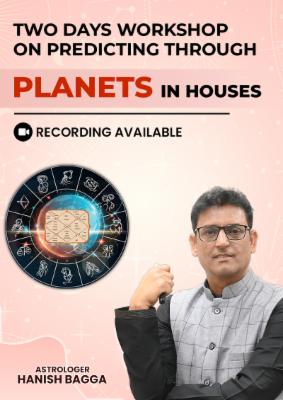Introduction to Algorithms
Hey there, star gazers and number crunchers! Ever wondered how your daily horoscope comes to be? It’s not just about gazing into crystal balls or reading tea leaves. Astrological Algorithms There’s actually some pretty interesting math involved in creating those cosmic predictions we love to read. Let’s dive into the world of Algorithms and uncover the calculations behind your horoscope.
The Basics of Astrological Calculations
Planetary Positions
The first step in crafting a horoscope is figuring out where the planets are in the sky. Astronomers use complex mathematical formulas to track the movements of celestial bodies. These calculations take into account factors like the Earth’s rotation, the planets’ orbits, and even the slight wobble in Earth’s axis.
Did you know? The math used to calculate planetary positions is so precise that it can predict where a planet will be years in advance!
Zodiac Signs and Houses
Once we know where the planets are, we need to relate them to the zodiac signs and astrological houses. This involves some geometry and a bit of time-keeping math. The zodiac is divided into 12 equal parts, each representing a sign. The Earth’s daily rotation is then used to determine which sign is “rising” at any given moment, which sets up the rest of the house system.
Advanced Astrological Computations
Aspects and Angles
Aspects are the angles between planets, and they’re super important in astrology. Calculating these angles requires some trigonometry. The most common aspects are:
- Conjunction (0°)
- Opposition (180°)
- Trine (120°)
- Square (90°)
- Sextile (60°)
Astrologers believe these angles create different energies that influence our lives.
Progressions and Transits
Progressions and transits are methods astrologers use to forecast future events. These involve some pretty nifty time-based calculations. For progressions, astrologers use a day-for-a-year system, where each day after birth represents a year of life. Transits, on the other hand, compare current planetary positions to your birth chart.
The Role of Statistics in Modern Astrology
Believe it or not, some modern astrologers are turning to statistics to refine their craft. They’re using large datasets to look for correlations between celestial events and earthly occurrences. While the scientific community remains skeptical, it’s an interesting blend of ancient practice and modern data analysis.
Putting It All Together: Creating Your Daily Horoscope
So, how does all this math turn into the horoscope you read over your morning coffee? Well, astrologers take all these calculations and interpret them based on astrological traditions and their own intuition. They look at things like:
- The sun sign’s current planetary ruler
- Aspects between planets on that day
- The moon’s phase and position
- Any significant transits or progressions
Then, they craft a general prediction that they think will apply to people born under that sign.


















